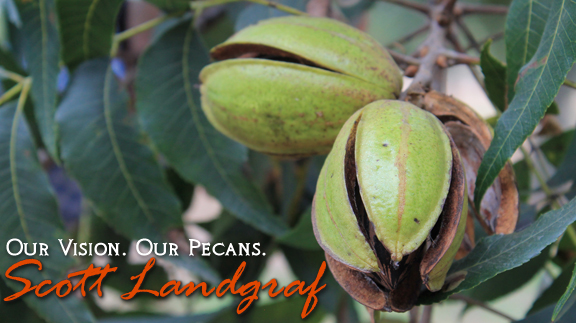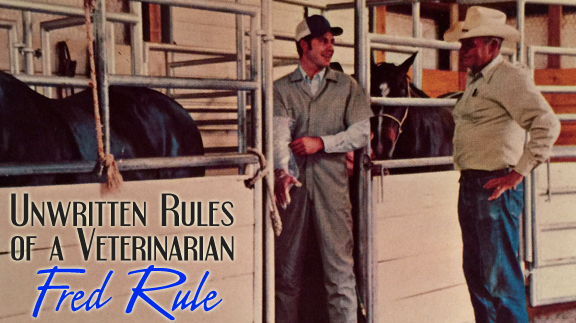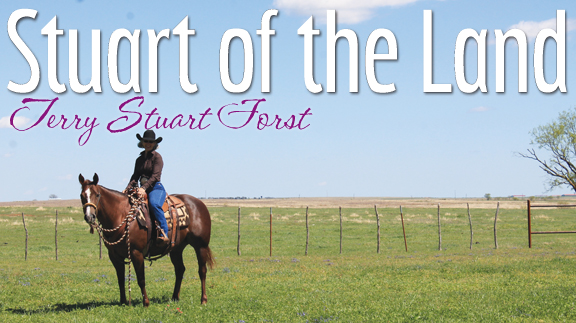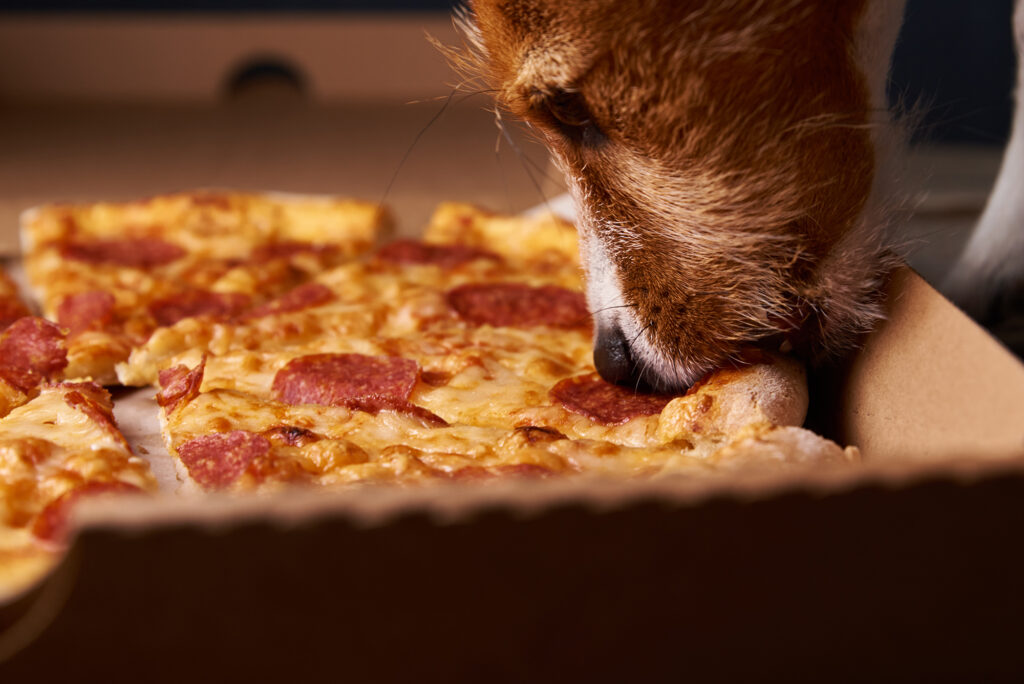Country Lifestyle
Life of a Ranch Wife
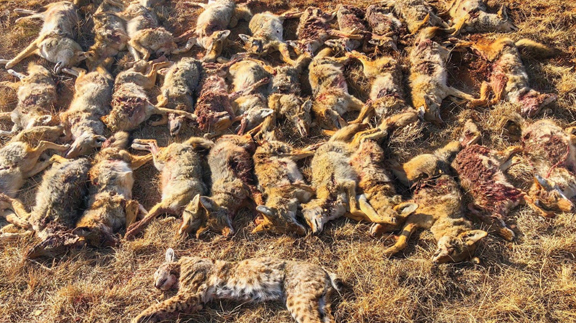
By Lanna Mills
As ranchers, we are constantly battling something—drought, flooding, fire, grass shortage, theft, market crash or illness, and even predators. While we cannot eliminate this threat completely, there are things that we can do to help protect our livestock. Who are these predators? How are they a threat to cattle and other stock? What can we do to protect them?
For ranchers in our area, one of the main predators that threaten our livestock is the coyote. In other areas, ranchers may face threats from mountain lions, bears, and wolves. Bobcats may also pose a threat to smaller farm animals like chickens.
Coyotes play a big part in Native American history. The coyote was a mythological figure for almost all tribes, and there are many legends and myths pertaining to the coyote. These characters varied from intelligent with a big appetite and the stealth to fulfill it to a hero to humans or a comic tricky creature.
These characteristics hold true: coyotes are intelligent animals with a great appetite and can be quite tricky. There is a reason why coyotes have thrived all these years and are so widespread today. They are said to be one of the most adaptable animals.
They can live in all climates from hot and dry desert to snowy mountain range. Their diet varies depending on location, time of year, region and what is accessible. Coyotes prefer a fresh kill but will eat other dead animals. When available, they will also eat berries and other types of vegetation.
Hunting alone, in pairs or in a pack (often consisting of their young), coyotes are opportunistic hunters, meaning they eat what is easy to access. Sometimes this means a newborn calf whose mother has left it bedded down. Sick or weak stock can be an easy target especially for coyotes working in pairs or packs.
As I was feeding our cattle recently, I noticed a cow coming by herself away from the others. When she reached the feed ground I noticed she had calved not long ago: her tail and back end still redden with blood, heavy bagged, and a smaller belly than the last time I saw her.
She ate quickly and trotted back from where she came. As she approached a small thicket, two coyotes darted off to the east. Luckily they hadn’t reached the calf yet, and it was still alive and well. That doesn’t mean that they will not be lurking nearby waiting for her to leave the calf again or until the next calf is born.
It may often be hard to distinguish if coyotes were the actual cause of death or if the animal died from other causes and the coyotes were just eating on the carcass. This is especially true for cattle that are turned out in a large pasture.
It could be that a calf was born dead or that a yearling was sick and died, but the animal was found by coyotes before the owner saw it. This makes it hard to say exactly how many deaths are caused by predators.
In December 2017, the USDA reported cattle raisers lost 3.9 million head of cattle in 2015. Of those 2 percent of adult cattle and 11 percent of calves were lost to predators. Of these predator death losses, 40.5 percent were caused by coyotes.
The threat is serious, but what can we do to prevent it? Predators can be managed through lethal and nonlethal techniques.
Some cattlemen and livestock owners choose to use guard donkeys or llamas to help keep predators away. These donkeys and llamas are turned out with the stock.
Donkeys are aggressive toward dogs and coyotes so when one comes near the stock they will kick, bite and bray, chasing them away. Jack donkeys (intact males) can be too aggressive and may injure calves if they were not raised with cattle. Therefore, jenny donkeys (females) or geldings are often used.
Great Pyrenees dogs are another nonlethal way to protect livestock. These dogs are raised from puppies with the stock and their instinct is to protect them from harm. Pyrenees have a deep impressive bark that scares away would-be predators.
There is a lot of controversy when it comes to lethal techniques. Lethal predator techniques consist of trapping, shooting, aerial gunning, hunting with dogs and poison. The use of poisons is less popular now being that other animals and even humans can be harmed or killed accidentally.
Some people think of Wile E. Coyote and wonder how anyone could ever kill a coyote. The truth is that coyotes are a serious threat to livestock owners, and we must do all we can to protect our livelihood.
Killing a predator is the only sure way that it will stop preying.
Country Lifestyle
Riding for the Brand
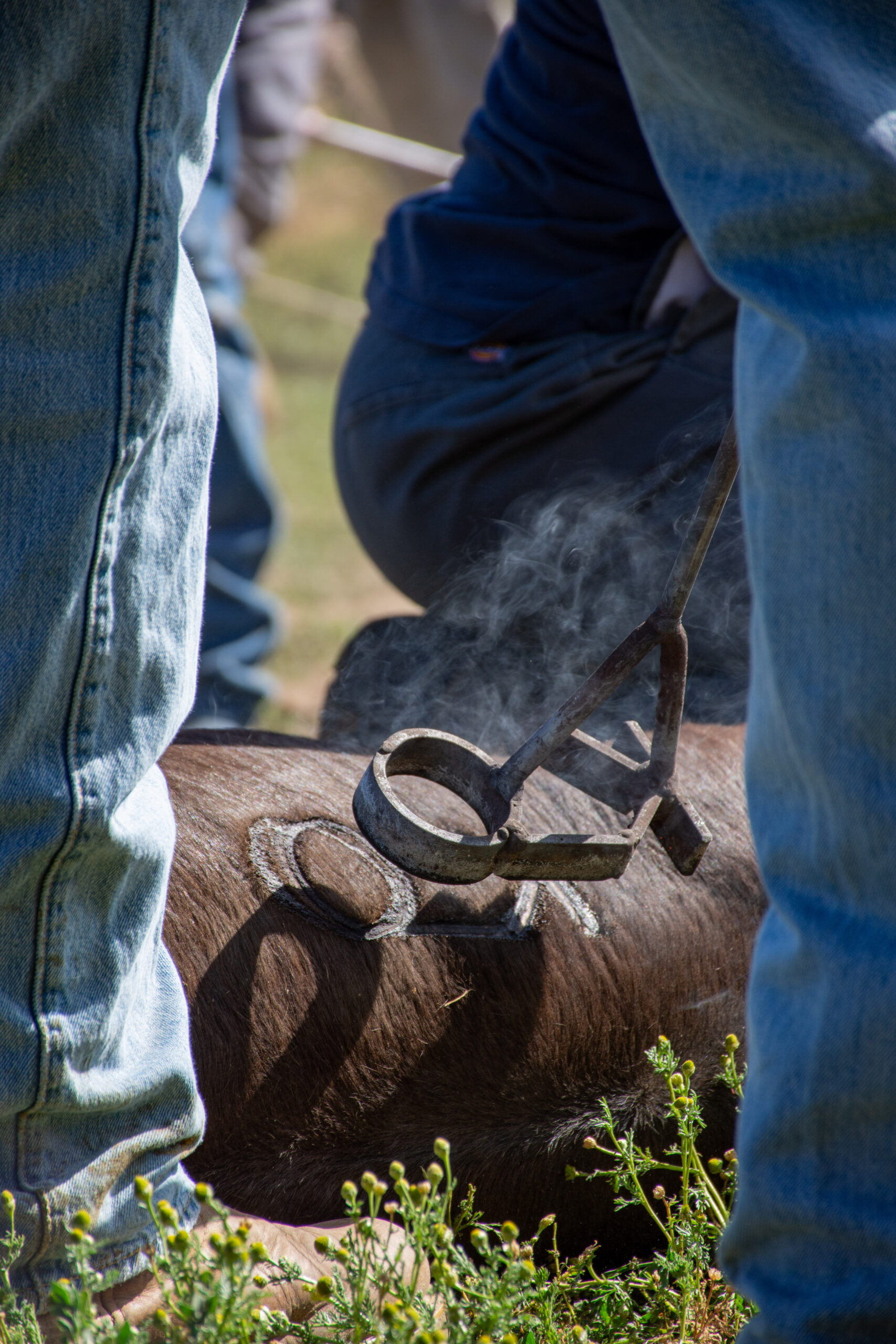
By: Christopher Dysinger
According to the Code of the West a man who has integrity is one who rides for the brand. If you are unfamiliar with cowboy parlance this phrase is used to describe being loyal to the outfit you work for. Cowboys were, “intensely loyal to the outfit they were working for and would fight to the death for it. They would follow their wagon boss through hell and never complain.” -Teddy Blue Abbot. Riding for the brand means being loyal and when I consider what it means to be loyal I am reminded of the words of the Lord Jesus to His disciples in Matthew 16:24, “Then said Jesus unto His disciples, If any man will come after Me, let him deny himself, and take up his cross and follow Me.” To me, to take up the cross and follow the Lord is the epitome of what it means to ride for the brand.
When you place your trust in the Lord Jesus you are signing on to His outfit, to speak the language of the West. When you called upon the name of the Lord Jesus by faith, He saved you and from this point you are riding for His brand. In taking up your cross and following Him you have pledged to be loyal, and this means you face any hardship or trial like a cowboy on the trail moving the herd. Any complaint must be swallowed in the same way you would swallow a cup of coffee. When I hear our faith and loyalty to the Lord Jesus put into these terms it stirs something within me that moves me to keep right on riding for the brand.
Louis L’amour wrote, “Riding for the brand was an expression of loyalty to a man’s employer or the particular outfit he rode for. It was considered a compliment of the highest order in an almost feudal society. If a man didn’t like a ranch or the way they conducted their affairs he was free to quit, and many did; but if he stayed, he gave loyalty and expected it. A man was rarely judged by his past only by his actions. Many a man who came west left things behind him he would rather forget, so it was not the custom to ask questions. Much was forgiven if a man had courage and integrity and if he did his job. If a man gave less than his best, somebody always had to pick up the slack, and he was not admired.” It is the same when a person gives his or her heart to Jesus.
When you come to the Lord Jesus you are not judged by your past. When you come to the Lord Jesus, repenting of sin and seeking forgiveness, everything from your past is left behind. All will be forgiven. 1 John 1:9 reads, “If we confess our sins, He is faithful and just to forgive us our sins, and to cleanse us from all unrighteousness.” When you place your faith in the Lord Jesus you are promising to be loyal and in return you will receive the same. He has promised that He will never leave us or forsake us. When you walk with the Lord Jesus through life you are indeed, “riding for the brand.”
“Riding for the brand” is not just an expression of loyalty nor is it just an expression of pride, it is also an expression of love. When a cowboy claims to be riding for the brand, he is telling any other outfit who may seek his loyalty, that he cannot give it, because he has given his word to another. It is the same when we pledge our faith and loyalty to the Lord Jesus. If any would call us away from Christ we cannot go, because we are riding for the brand.
The End
This article is an excerpt from the book, The Bible and the Code of the West by Dr. Christopher Dysinger.
Country Lifestyle
Farm Dogs & Table Scraps
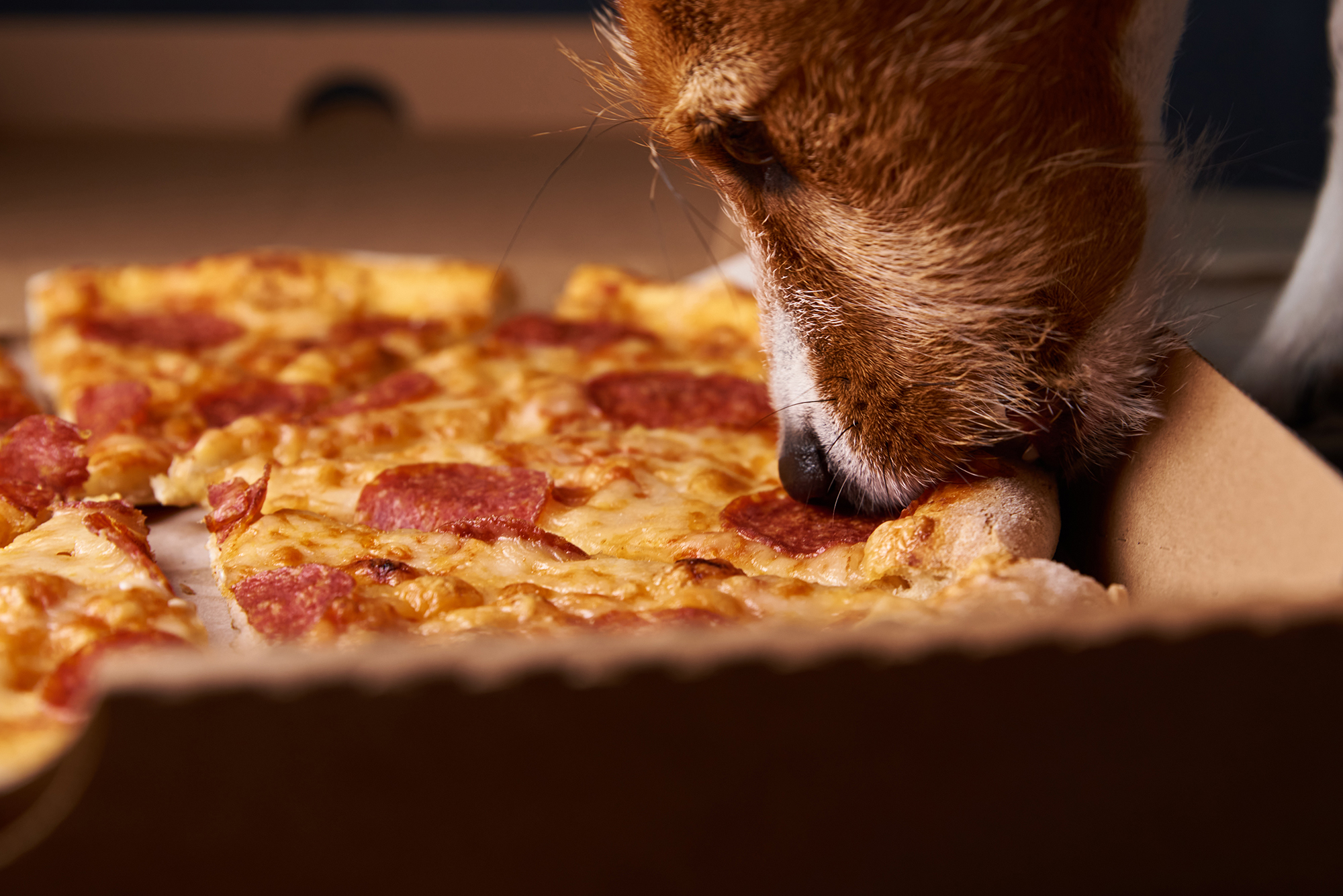
What’s Safe and What’s Not?
Growing up on a farm, our dogs were tough. They roamed the pastures, slept under the barn, and ate just about anything they could get their paws on—whether we meant for them to or not. I’ll admit, I never thought twice when one of our old cow dogs snatched a biscuit off the table or licked up a spill from the barn floor. I’ve even seen a dog steal a whole rib bone off a plate and trot off like he’d won the lottery. And somehow, they always seemed fine.
But here’s the thing—just because they survived doesn’t mean it was safe. For every farm dog that lucked out, there’s another that wasn’t so fortunate. Some human foods can be downright toxic to dogs, and a little bit of bad luck (or a smaller, more sensitive dog) can turn a harmless snack into an emergency.
Common toxic foods lying around the farmhouse
If you’ve got a farm dog—or any dog, really—you need to be aware of the dangers lurking in everyday foods. Some of the biggest culprits include:
Chocolate – The darker it is, the worse it is. Even a little can cause vomiting, seizures, or worse.
Grapes & Raisins – No one’s exactly sure why, but they can cause kidney failure fast.
Onions & Garlic – In large enough amounts, these can destroy red blood cells, leading to anemia.
Xylitol (Found in Sugar-Free Gum & Candy) – This artificial sweetener can send a dog’s blood sugar crashing and cause liver failure.
Alcohol – Even small amounts can be deadly to dogs, affecting their nervous system much more than it does ours.
Bones from Cooked Meat – While not necessarily toxic, they can splinter and cause serious internal injuries.
Macadamia Nuts – These can lead to weakness, vomiting, and even paralysis in dogs.
What to do if your dog eats something toxic
First, don’t panic—but don’t ignore it either. If you know your dog ate something dangerous, call your vet immediately. They can tell you whether to induce vomiting or if it’s something that requires urgent care. If it’s after hours, contact the ASPCA Animal Poison Control Center (888-426-4435) or the Pet Poison Helpline (855-764-7661).
Prevention is always the best medicine, so keep toxic foods out of reach. That might mean keeping the trash can secured, making sure kids don’t slip the dog a treat under the table, or just being more mindful of what’s left on the counter.
Our farm dogs might have been lucky, but luck isn’t a great strategy when it comes to their health. A little awareness goes a long way in making sure they stay happy, healthy, and ready for the next day’s work.
For more information
ASPCA Animal Poison Control: www.aspca.org/pet-care/animal-poison-control
Pet Poison Helpline: www.petpoisonhelpline.com
Visit www.akc.org/expert-advice/nutrition/foods-your-dog-should-never-eat
Country Lifestyle
Summer Squash and Corn Chowder
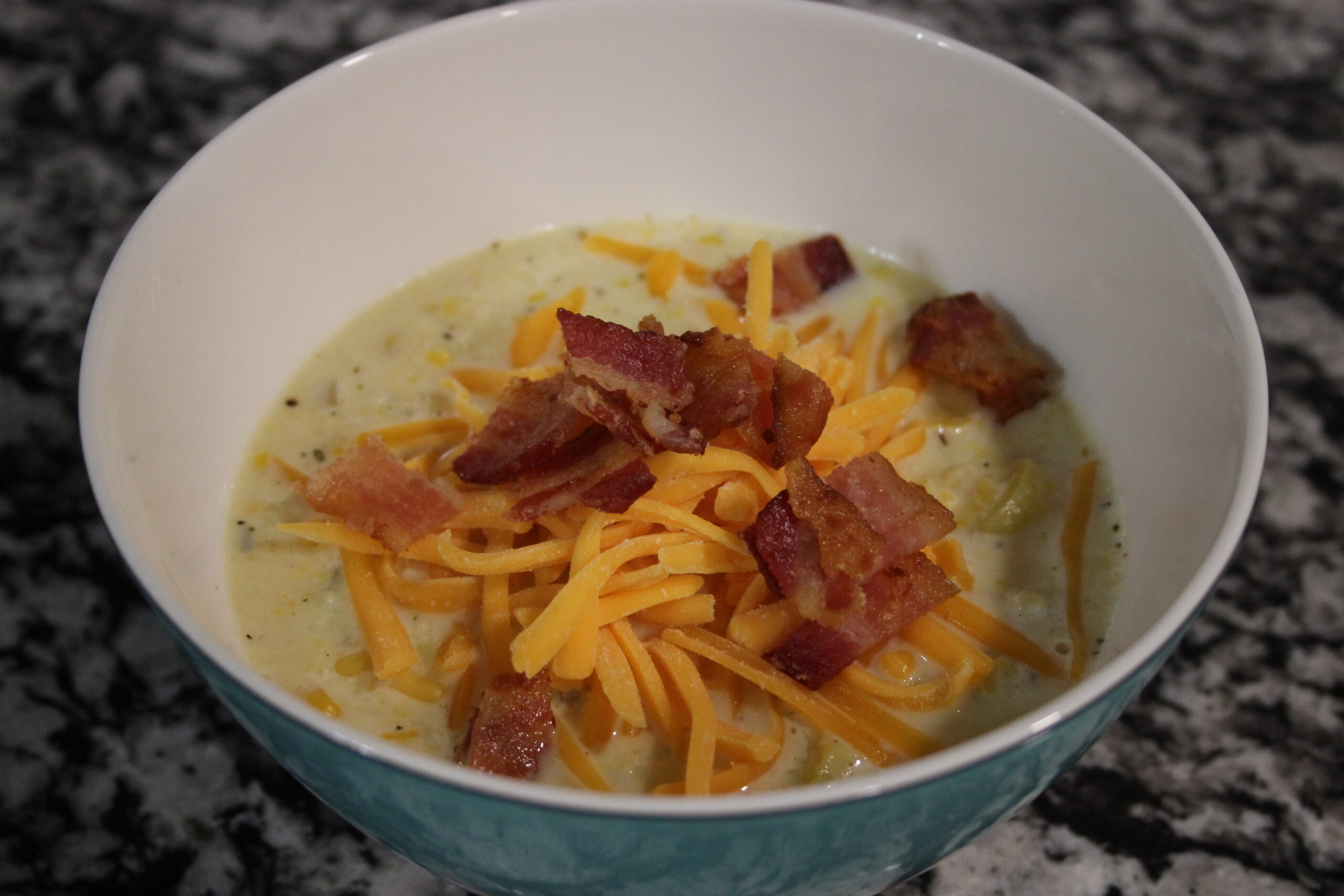
By Lacey Vilhauer
Total time: 40 minutes
Servings: 6-7
Ingredients
- 6 slices bacon, cooked and crumbled and 1 1/2 Tbsp rendered bacon fat reserved
- 1 1/2 lbs yellow squash, chopped (about 3 medium)
- 2/3 cup thinly sliced celery
- 1 cup diced onion
- 1 Tbsp flour
- 2 cloves garlic, minced
- 2 3/4 cup milk (I used 1%)
- 5 cups canned or fresh cut corn (from about 6 ears corn), divided
- 1/2 cup heavy cream
- 1 1/2 tsp chopped fresh thyme (or 1/2 tsp dried)
- 3/4 tsp salt, then more to taste
- 1/4 tsp freshly ground black pepper, then more to taste if desired
- 3/4 cup shredded cheddar cheese, for serving
- Chopped green onion for garnish (optional)
Instructions
Heat 4 tsp reserved bacon fat in a large pot over medium-high heat. Add celery and onion and sauté 2 minutes then add the squash.
Saute until tender, about 6 minutes, adding in garlic and flour during last 2 minutes of sauteing. Reduce heat slightly.
Add 1 1/2 cups milk, 2 cups of the corn, thyme, salt and pepper to the sauteed veggies.
To a blender add remaining 3 cups of corn, remaining 1 1/4 cups milk and the cream. Process in blender until nearly smooth (about 30 seconds).
Add pureed mixture to pot and stir to blend. Cook until mixture reaches a light boil.
Serve warm with shredded cheese, crumbled bacon and sliced green onions if desired.
-

 Attractions8 years ago
Attractions8 years ago48 Hours in Atoka Remembered
-

 Country Lifestyle9 months ago
Country Lifestyle9 months agoJuly 2017 Profile: J.W. Hart
-

 Country Lifestyle9 years ago
Country Lifestyle9 years agoThe House a Treasure Built
-

 Country Lifestyle4 years ago
Country Lifestyle4 years agoThe Two Sides of Colten Jesse
-

 Outdoors7 years ago
Outdoors7 years agoGrazing Oklahoma: Honey Locust
-

 Equine8 years ago
Equine8 years agoUmbilical Hernia
-

 Outdoors5 years ago
Outdoors5 years agoPecan Production Information: Online Resources for Growers
-

 Farm & Ranch7 years ago
Farm & Ranch7 years agoHackberry (Celtis spp.)


